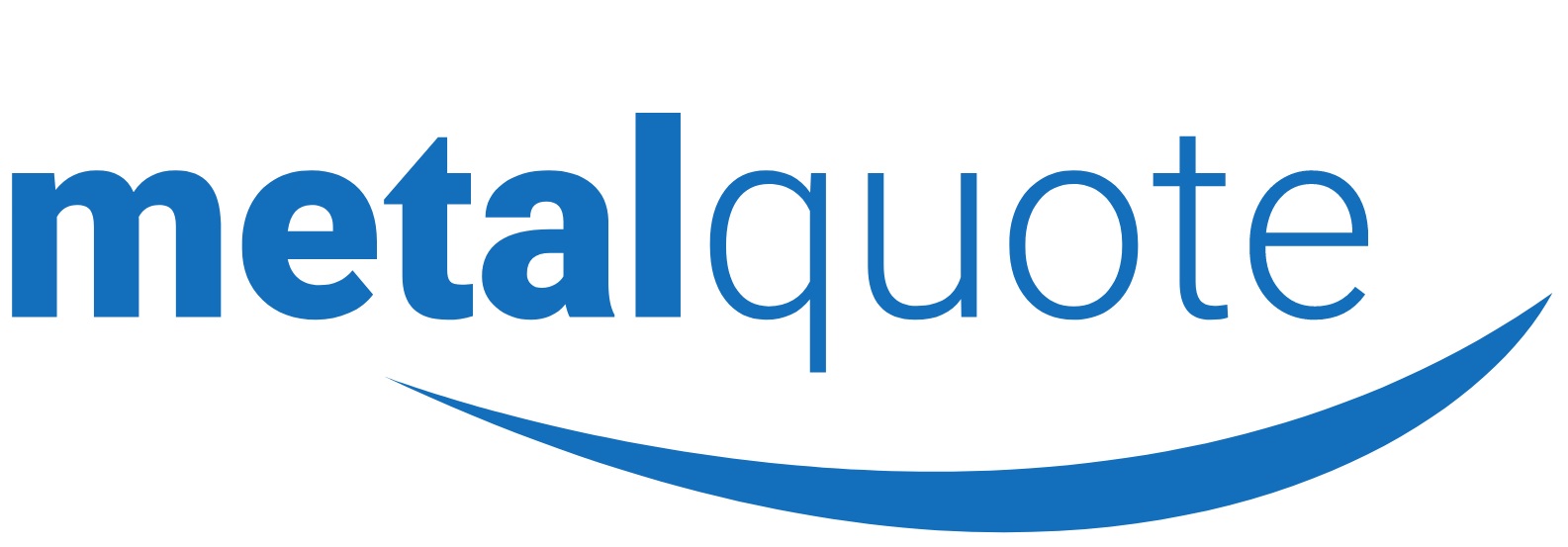SYDNEY, Jan 4 (Reuters) – Forecasts for more frigid weather in the United States this week supported Chinese lead futures on Thursday amid expectations of seasonally strong demand and likely winter shortages. More than 80 percent of global lead consumption is for batteries mainly for autos, and the peak demand period is during the height of winter when freezing temperatures cause battery failures. China accounts for about 40 percent of global lead demand, estimated at around 12 million tonnes this year, but faces a potential supply shortfall over coming months due to an environmental crackdown on polluting industries. FUNDAMENTALS: * LEAD: Three-month lead on the LME slipped 1 percent to $2,553 a tonne by 0138, but remained close to the 11-week peak touched in the Wednesday London session. The most-trade lead contract on the Shanghai Futures Exchange was up 0.2 percent to 19,290 yuan ($2,967) a tonne. * DEFICIT: Wood Mackenzie forecasts the lead market will see a deficit of 115,000 tonnes this year and 56,000 tonnes in 2019 after a 119,000 shortfall last year. * FREEZING TEMPERATURES: Much of the eastern United States is in the grips of a sustained cold spell. * DOLLAR UP: The dollar extended gains on Thursday after upbeat U.S. data and supportive minutes from the Federal Reserve’s latest policy meeting helped it shake off recent weakness. * PRICES: LME copper added 0.3 percent to $7,167 a tonne, while LME aluminium, nickel and zinc all fell. * COBALT UNEASE: The emergence of two companies holding large amounts of cobalt on the London Metal Exchange is creating nervousness about price volatility among market participants as interest in the metal continues to soar. * SAMARCO TALKS: Vale SA is in talks with BHP Billiton Ltd over the future of their joint venture, Samarco Mineração SA, and one alternative is for the Brazilian miner to buy out its partner, a source with knowledge of the matter said on Wednesday.

